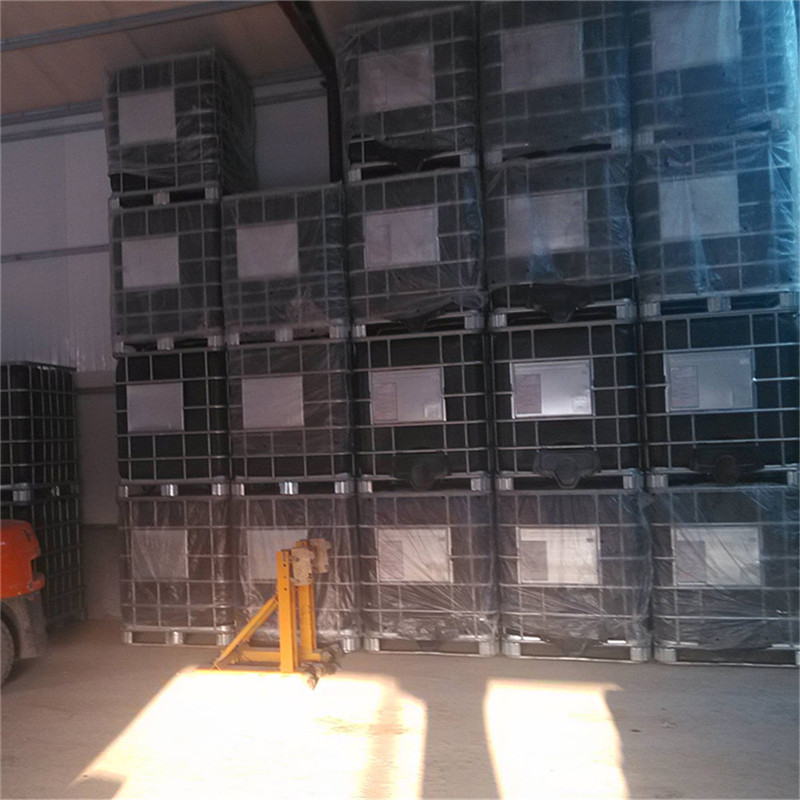By far the most important use of ammonia in the chemical industry is the production of nitric acid (HNO3). The combustion of ammonia in air or oxygen causes hydrogen atoms to burn up, forming water and leaving free nitrogen behind. With the help of a catalyst, ammonia is oxidized to oxides of nitrogen, which can react with water to form nitric acid. Nitric acid has many uses in our lives.

Students are first introduced to nitric acid in the school laboratory. Nitric acid is brownish-red, the color of the nitrogen dioxide that evaporates from it. Nitric acid is more acidic than hydrochloric acid and sulfuric acid of the same concentration and can dissolve metals very quickly. Be careful when using it.
Nitric acid is treated with ammonia to obtain ammonium nitrate, which is one of the most important fertilizers. Some plants, especially legumes, have a symbiotic relationship with nitrifying bacteria that "fix" nitrogen in the air and convert it into a form usable by plant life.
You've heard of TNT explosives. A minor but still important part of the explosives industry is the production of initiators, most of which contain nitrogen, with nitric acid also involved in their manufacture.
Related to explosives are rocket propellants. A rocket-propelled missile or spacecraft delivery vehicle must carry both active ingredients (fuel and oxidizer), and the oxidizer may be the nitric acid of choice.
Other uses of nitric acid include paint. In the absence of pigments, it forms a clear varnish, mainly used for furniture decoration. In the presence of color, it forms a glossy coating called lacquer. At one time, nitrocellulose was used to make fibers similar to man-made fibers.
Nitrobenzene produces nitrobenzene that can be reduced to aminobenzene, also known as aniline. Aniline can also be made by allowing ammonia to react with chlorobenzene obtained from benzene. Aniline, naphthylamine, and other dye intermediates also lead to pharmaceuticals, photographic chemicals, and chemicals used in rubber processing.
The above description gives us an idea of how to obtain nitrogen and convert it into some usable form, which is important not only for fertilizers but for many other products. The tremendous growth in fertilizer production has led to the establishment of huge ammonia plants. These plants must have a fossil fuel source, but oil and gas are easy to transport, so there is a trend to locate plants near the final destination of the product.
You can follow XINLONGWEI CHEMICAL to find more about acid. We have nitric acid, hydrochloric acid, and sulfuric acid for sale~~